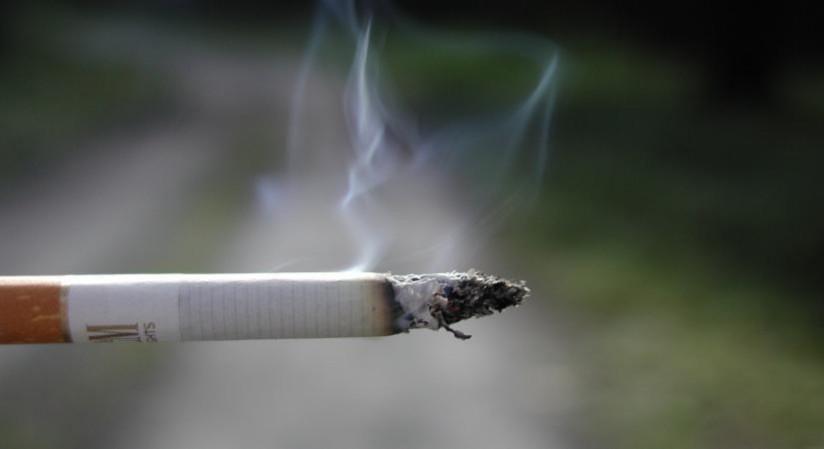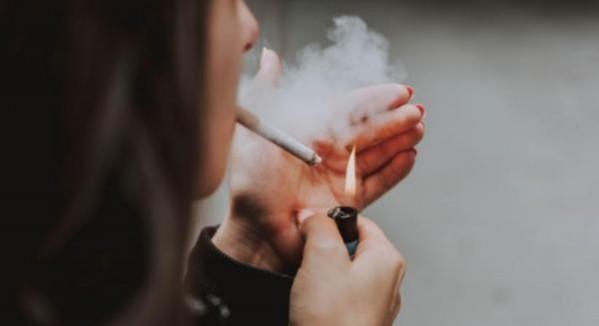
As World No Tobacco Day approaches, health experts have issued a stark warning about an often-overlooked danger associated with smoking: thirdhand smoke. This invisible threat, they say, is a ticking time bomb, with the potential to cause serious health issues, including respiratory problems, developmental issues, and even cancer.
Third-hand smoke is a term used to describe the residual chemicals that linger long after a cigarette has been extinguished. It's not the smoke that's inhaled or exhaled, but the toxic residue that clings to surfaces, embedding itself in clothing, furniture, drapes, bedding, and carpets. This residue contains over 250 chemicals, including nicotine and known carcinogens such as formaldehyde and naphthalene.
Children are particularly vulnerable to these pollutants. Their natural curiosity and tendency to explore their environment by touching surfaces and putting their hands in their mouths expose them to these harmful residues. Lancelot Mark Pinto, a consultant pulmonologist and epidemiologist at P. D. Hinduja Hospital & MRC, Mumbai, explained that children are most vulnerable to thirdhand smoke because they tend to touch surfaces and often their mouths, resulting in skin exposure and ingestion of these residues.

The Hidden Dangers of Thirdhand Smoke
The danger of third-hand smoke is not limited to children. Infants, those with respiratory conditions, and even pets are at risk. Srinath Bharadwaj, a medical oncologist at Apollo Cancer Centre, Jubilee Hills, Hyderabad, highlighted the risk to pets, saying, Our furry friends usually groom by licking their fur. If that fur is coated with smoke residue, they ingest carcinogens and toxins on top of the ones their lungs take in.
The insidious nature of third-hand smoke is that it can remain on surfaces for weeks, months, or even years, posing a long-term health risk. Ishan Capoor, a pulmonologist and respiratory medicine specialist at Narayana Health City, Bengaluru, pointed out, Vulnerable groups include infants, children, and those with respiratory conditions, as they are more likely to come into contact with these contaminated surfaces and inhale harmful residues.
The health risks associated with third-hand smoke are not hypothetical. They are real and can lead to serious health issues. Capoor added that this exposure can lead to respiratory issues, developmental problems, and an increased risk of cancer.
Preventing Thirdhand Smoke Exposure
The only way to mitigate these risks, according to the experts, is to ban indoor smoking completely and insist on maintaining a smoke-free radius around buildings and homes. Regular cleaning of surfaces and fabrics can also help, as can encouraging smokers to quit or at least to smoke outside and away from others.
World No Tobacco Day, observed annually on May 31, aims to raise awareness about the health risks associated with tobacco use. This year, the focus is on the hidden dangers of thirdhand smoke, a threat that is often overlooked but is just as real and harmful as firsthand and secondhand smoke.
The issue of third-hand smoke is reminiscent of the mysterious vaping illness that swept across the United States in 2019. The illness, which affected mostly otherwise healthy young adults in their late teens and 20s, was characterized by severe shortness of breath, vomiting, fever, and fatigue. Many patients ended up in intensive care or on ventilators for weeks. The cause was traced back to harmful substances inhaled through vaping, highlighting the dangers of inhaling harmful residues, whether from vaping or third-hand smoke.

















